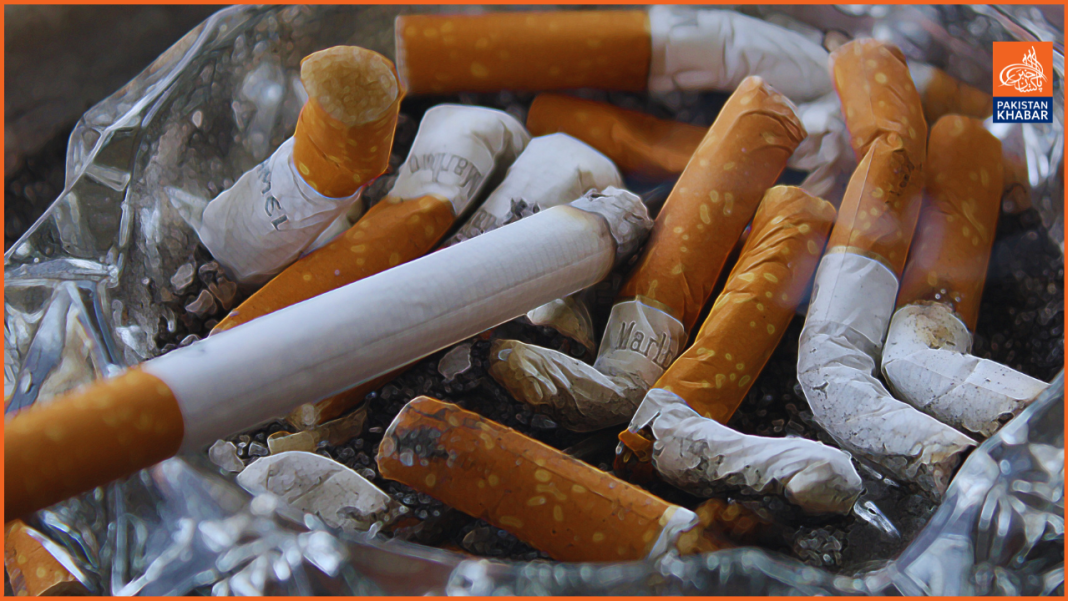Peshawar has recently been declared a smoke-free district, with a ban on tobacco use in all public spaces without designated smoking areas. While this initiative aims to reduce smoking rates, it raises concerns about its potential effectiveness in Pakistan’s socio-economic landscape. With millions of smokers across the country, a prohibitionist approach may not be the most effective solution. Instead, it risks pushing smokers into unregulated environments without addressing the underlying issue. Moreover, a significant portion of smokers remains unaware of alternative smoking cessation methods offered by Tobacco Harm Reduction (THR) strategies, and the government has yet to take a proactive stance in promoting these alternatives.
Pakistan’s tobacco control measures, such as high taxes and smoking bans, have long been in place, yet the prevalence of smoking remains distressingly high. These policies overlook a critical aspect: banning tobacco use doesn’t eliminate demand, it simply redirects consumption, often fueling the illegal tobacco market. The illicit tobacco trade already holds a substantial share of Pakistan’s market, undermining public health efforts and costing the government substantial tax revenue.
Countries like Sweden and Japan offer successful models by introducing alternatives such as oral nicotine pouches and Heated Tobacco Products (HTPs). These alternatives not only address nicotine dependency but also present a less harmful option compared to traditional smoking, proving that harm reduction can be far more effective than outright prohibition.
For Pakistan, a shift toward promoting and regulating THR products is essential. This approach, which educates the public about less harmful alternatives, could prove to be a practical and sustainable solution to reducing smoking rates. Policymakers, medical professionals, and industry leaders must collaborate to develop a comprehensive strategy that prioritizes tobacco harm reduction and tackles the smoking crisis in a more effective and sustainable manner.




